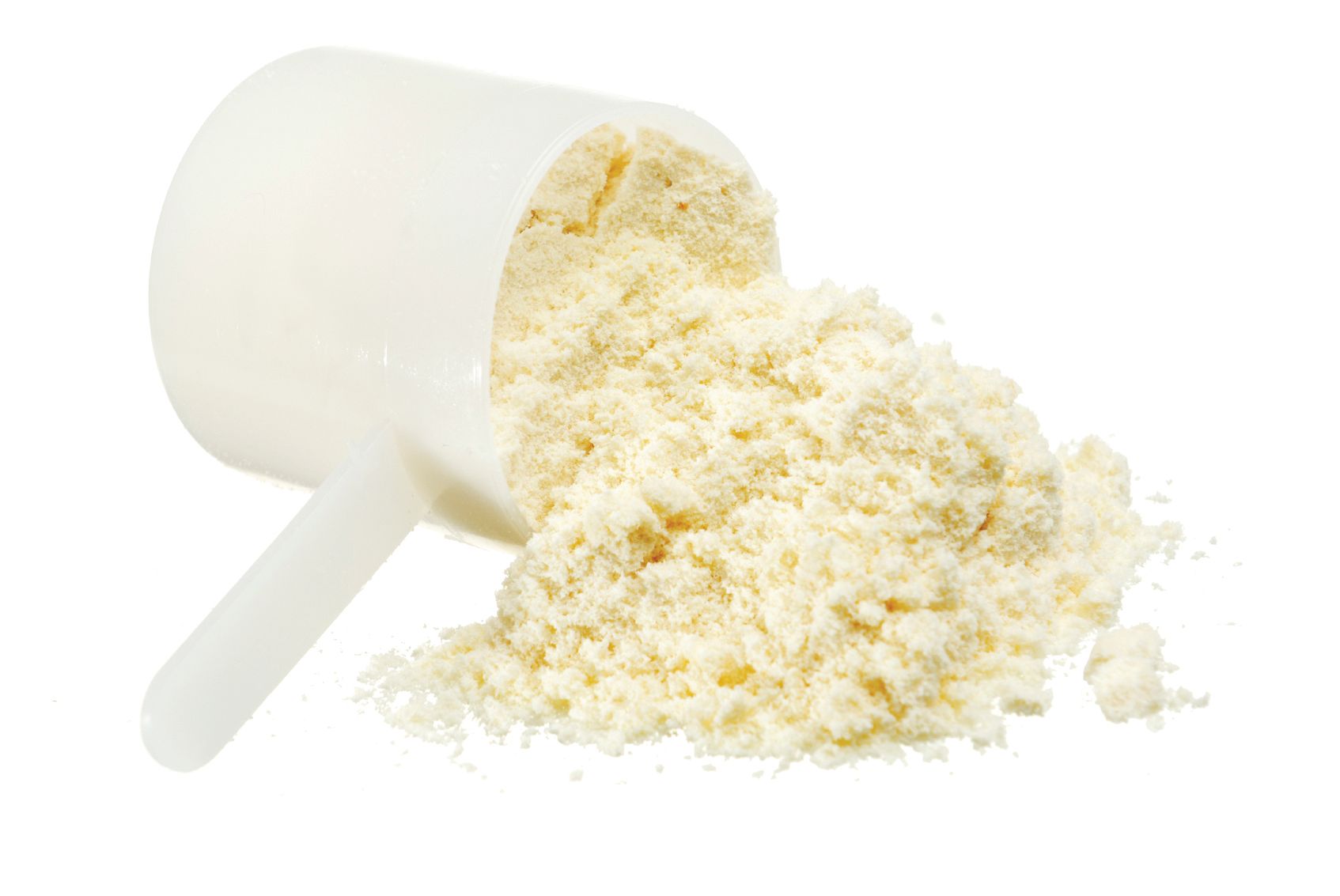Whey Protein’s Role in the Healthy-Aging Market (Page 2)
Photo © iStockphoto.com/AlexSava

Marketing to Seniors
Many whey protein suppliers have already begun using language about healthy aging in marketing materials, and others, such as Arla Foods Ingredients, have launched new ingredients that are specifically marketed for older consumers.
Earlier this year, Arla launched Nutrilac Ageless, “a new whey protein and calcium ingredient that will enable dairy companies to create yogurts and desserts for active seniors who reject the idea that they are old,” says Arla’s Poulsen. She adds that Arla is “predicting a long-term increase in demand for whey protein ingredients suitable for use in products that address sarcopenia in seniors.”
Dairy cooperative FrieslandCampina (Amersfoort, The Netherlands) also sees the potential in whey protein as a healthy-aging ingredient, but suggests seniors may still need to be educated on the potential benefits of whey protein.
“The main challenge in the elderly target group is to communicate the benefits of protein to maintain muscle mass during aging,” says Mieke Acda, nutritionist, FrieslandCampina. “This might also be the reason why elderly nutrition is not widely implemented in the market at the moment.”
Based on FrieslandCampina’s own research, Acda suggests elderly consumers are “looking for products with an increased protein level that can be easily included in their existing eating habits.” Another challenge in bringing whey protein to the healthy-aging market could be ensuring that new products taste good and can easily be incorporated into the diet of older adults, says Acda.
The early state of the research may also be an obstacle to marketing whey protein for possible benefits against sarcopenia. Brent Petersen, associate director of research, Glanbia Nutritionals (Fitchburg, WI), points out that although several research projects are investigating the effects of whey protein on joint health and sarcopenia, “no significant breakthrough results have been published.”
Yet, even if the research is still preliminary, it would appear the momentum has already begun to build behind whey protein for healthy aging.
Challenges Ahead for Whey
Aside from branching out into new health areas like healthy aging, what else is in store for the future whey protein market? According to Aude Ragot, marketing manager, Ingredia Functional (Wapakoneta, OH), the biggest challenge ahead for whey is adapting to market trends and finding ways to stand out in the increasingly crowded market of other proteins.
“Indeed, plant proteins are gaining market share and have appeal to certain consumer segments, so it’s important to highlight the benefits of milk proteins compared to plant proteins,” says Ragot. The healthy-aging market may offer the opportunity to do just that. Ragot says, “milk protein, and specifically whey proteins, is one of the most important ingredients used to target active seniors.”
Sidebar: Muscle Recovery
Healthy aging aside, an area of growing research for whey protein is its potential to promote muscle recovery after exercise. A recent study, published in the International Journal of Sport Nutrition and Exercise Metabolism, suggests that orienteering runners who supplemented their diets with whey protein hydrolysate showed reduced markers of muscle damage and improved in exercise performance over a control group.6
For one week, 18 “elite orienteers” participated in 13 exercise sessions as part of the randomized controlled intervention trial. Half of the runners ingested a protein drink before each exercise session and a protein-carbohydrate drink after each exercise session, while the other half ingested only energy and time-matched carbohydrate drinks. Blood and saliva were obtained throughout the week, and participants completed questionnaires about their performance capacity and motivation.
Over the course of the week, researchers observed that the control group experienced a greater increase in serum creatine kinase, a marker of muscle damage, than the protein group. The control group also reported a greater sense of reduced performance capacity than the whey protein group. Both groups participated in a 4-km run on the final day of the trial, and while the control group’s performance did not improve, the protein group did demonstrate improved performance in the final run.
“In conclusion, ingestion of whey protein hydrolysate before and after each exercise session improves performance and reduces markers of muscle damage during a strenuous one-week training camp,” the researchers concluded.
Read more:
Pea Protein Is Coming Up Strong
Protein Is Weight Management’s Good News
Michael Crane
Associate Editor
Nutritional Outlook Magazine
michael.crane@ubm.com
References:
- Burton et al., “Optimal management of sarcopenia.” Clinical Interventions in Aging, vol. 5 (2010): 217-228
2. Wall BT et al., “Dietary protein consideration to support active aging.” Sports Medicine, vol. 44, suppl. 2 (November 2014): S185-194
3. Sahni S et al., “Higher protein intake is associated with higher lean mass and quadriceps muscle strength in adult men and women.” Journal of Nutrition, vol. 145, no. 7 (July 2015): 1569-1575
4. Verreijen AM et al., “A high whey protein-, leucine-, and vitamin D-enriched supplement preserves muscle mass during intentional weight loss in obese older adults: a double-blind randomized controlled trial.” American Journal of Clinical Nutrition, vol. 101, no. 3 (February 2015): 279-286
5. Devries MC et al., “Supplemental protein in support of muscle mass and health: advantage whey.” Journal of Food Science, vol. 80, suppl. 1 (March 2015): A8-A15
6. Hansen M et al., “Effect of whey protein hydrolysate on performance and recovery of top-class orienteering runners.” International Journal of Sport Nutrition and Exercise Metabolism, vol. 25, no. 2 (April 2015): 97-109
The Nutritional Outlook Podcast Episode 36: Best of the Industry Service Provider, Radicle Science
December 26th 2024Nutritional Outlook's managing editor, Sebastian Krawiec, interviews Radicle Science co-founders, Pelin Thorogood and Jeff Chen, MD. Radicle Science has been selected as this year's Best of the Industry, Service Provider.